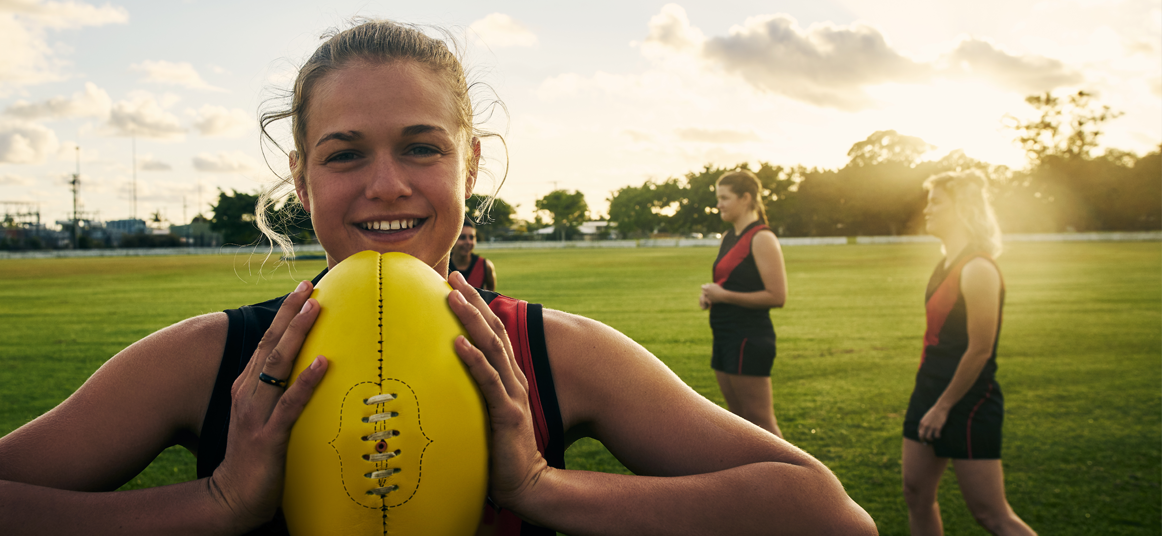
More than 70% of teenage girls who are risky drinkers report unwanted sexual attention from other drinkers – just one of a multitude of harms young people experience from ‘second-hand drinking’, according to new Australian research.
The study in the latest issue of Public Health Research & Practice, published by the Sax Institute, sheds light on the compounding effects of risky drinking in young Australians, identifying for the first time a range of specific harms teenage consumers of alcohol experience at the hands of other drinkers.

Boys and young men were at greater risk of three specific harms involving aggression: being pushed or shoved (42%); being yelled at or verbally abused (38%); and being physically hurt (17%). Over one-third of risky drinkers of both genders had witnessed serious violence in the previous year.
Compared with adolescents in the general population, teens who drink at risky levels are two to three times as likely to experience harms from other drinkers, according to the study authors led by Dr Tina Lam, a Research Fellow at the Monash Addiction Research Centre.
“Alcohol remains the greatest risk factor for death and injury in adolescents,” Dr Lam said. “We’ve been hearing more about the abstention trend, with some teens choosing not to drink at all. But one in five adolescents still drink at levels that put them at risk of injury, at least once a month. Teenagers are particularly vulnerable to alcohol-related harms and have the highest rate of per capita alcohol-related emergency department presentations, compared with other age groups. And we don’t seem to be seeing any decline in those figures.”
The study is the largest survey of adolescent Australian risky drinkers to date and it identifies a range of harms experienced due to others’ drinking that have not previously been assessed elsewhere. It is an Australian-wide collaboration between seven universities and one health department, led by Curtin University’s National Drug Research Insitute, Monash University and the University of New South Wales.
While alcohol research has traditionally focused on alcohol’s harmful effects on the drinkers themselves, this study reflects a growing interest in what is being labelled ‘second-hand drinking’, or alcohol’s harm to others. Each year, an estimated 162,400 adult Australians experience physical assault from people under the influence of alcohol, and 40% of interpersonal violent deaths are associated with alcohol consumption.
“Young risky drinkers’ problems are compounded by their own drinking, others’ drinking and their relative inexperience in both these arenas. In addition, intoxication may compromise their capacity to deal with threats,” the authors write.
“From the perspective of young people themselves, they may believe that if they drink too much and hurt themselves it is their choice, or that they can handle the consequences for themselves. However, evidence that lives other than theirs are affected may give them pause for thought.”
Another highlight in this latest issue of Public Health Research & Practice is a report on the marketing of junk food at community sports clubs in Australia. Observing 39 NSW regional clubs on match day at the club ground, the study authors found over one-quarter of the clubs featured fast food or sugary drink advertising, promotion or sponsorship.
The authors call for action to replace junk food sponsorships at community sports clubs and say such efforts could be a useful strategy for improving public health nutrition.
Other articles in this issue of Public Health Research & Practice find:
- New guidelines on safe levels of exposure to particulate matter – a form of air pollution – could be used to make decisions on approvals for large-scale development projects
- Rates of obesity are high among Indigenous children, but there is a lack of policies, guidelines and programs to tackle the issue, and meaningful engagement with Aboriginal communities on developing new programs is needed
- A change to the way the Australian Bureau of Statistics and health agencies ask about Aboriginal and Torres Strait Islander identity could improve the quality of data collected and better reflect how Aboriginal people want to identify themselves.
Click here to view the full contents of the latest issue of Public Health Research and Practice.
MEDIA ENQUIRIES
Hugo Wilcken, Media Manager, Sax Institute
M: 0451 122 146 E: hugo.wilcken@saxinstitute.org.au
Nyssa Skilton, Editor, Public Health Research & Practice
M: 0408 331 262 E: nyssa.skilton@saxinstitute.org.au
Public Health Research & Practice is an open-access, peer-reviewed quarterly online journal published by the Sax Institute. Click here to subscribe free of charge.
Please acknowledge Public Health Research & Practice as the source for any stories on our papers.
